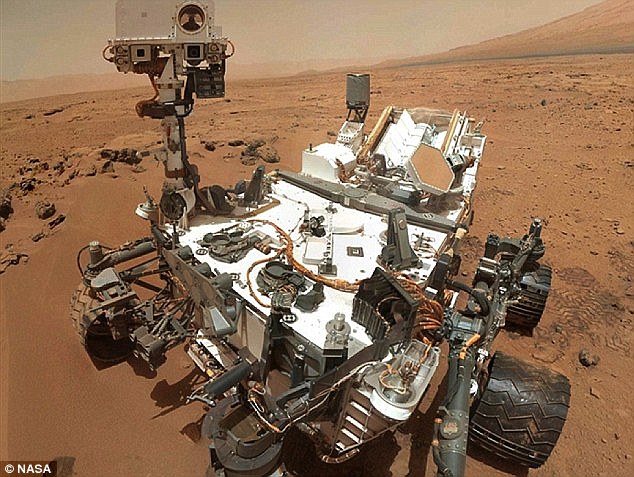NASA’s Curiosity rover has found nitrogen on the surface of Mars, a significant discovery that adds to evidence the Red Planet could once have sustained life, the space agency said. By drilling into Martian rocks, Curiosity found evidence of nitrates, compounds containing nitrogen that can be used by living organisms.
Scientists have long searched for organic carbon molecules, which are still the number one candidate for proof of life, as they are produced by living organisms here on Earth. But nitrogen is just as essential, according to NASA geochemist and team member Jennifer Stern.
“People want to follow the carbon, but in many ways nitrogen is just as important a nutrient for life,” Stern told the LA Times. Most nitrogen on this planet is produced by living things. “Life runs on nitrogen as much as it runs on carbon.”
There’s no life on Mars today (probably not even any hardy little microbes left kicking about) but it’s possible that the nitrates came from ancient living organisms. Some creatures are able to fix nitrogen from the atmosphere — that’s how Earth gets most of its fixed nitrogen.
The new measurements aren’t precise enough to know whether this nitrogen was fixed recently or in the distant past, but researchers could eventually answer that question by comparing the found, fixed nitrogen with the stuff present in Mars’s current atmosphere.
However, “there is no evidence to suggest that the fixed nitrogen molecules found by the team were created by life,” NASA cautioned. “The surface of Mars is inhospitable for known forms of life.”
The $2.5 billion Curiosity rover also aims to study the Martian environment to prepare for a possible human mission there in the coming years.

